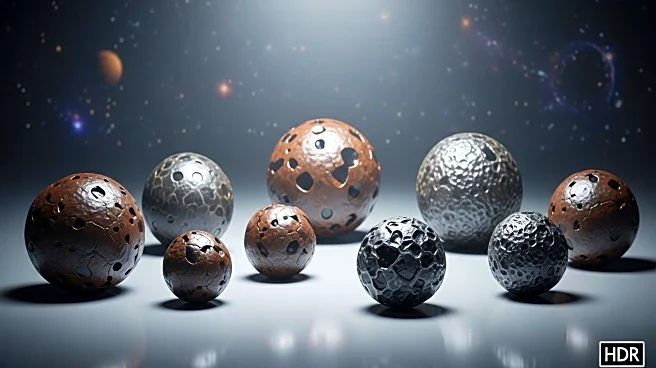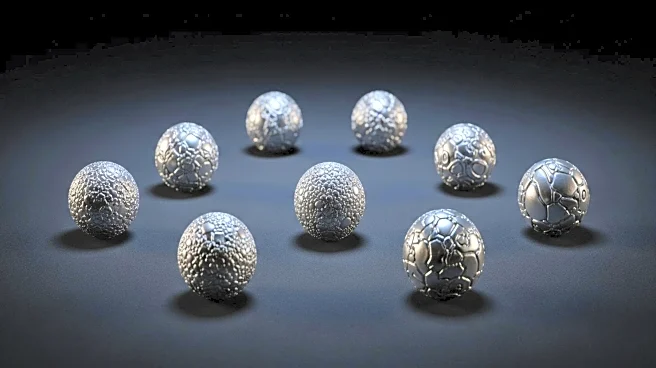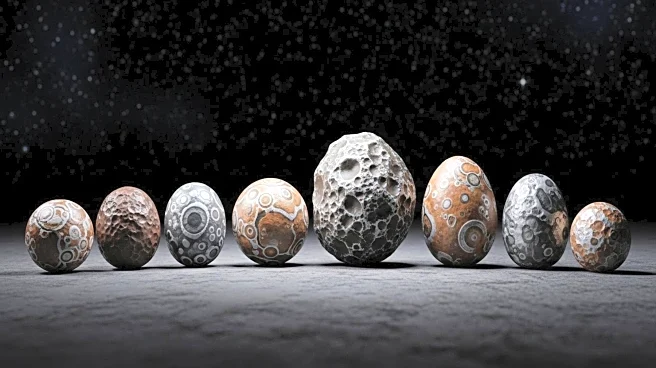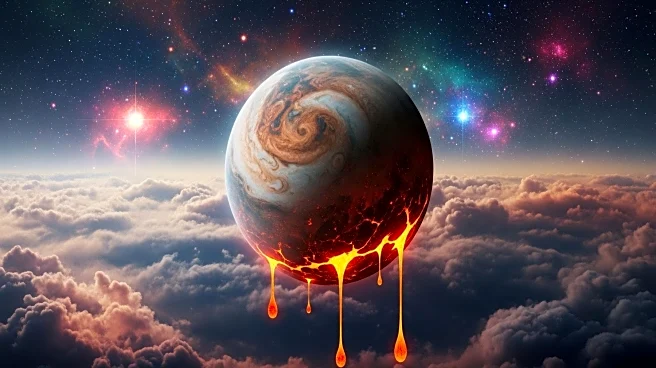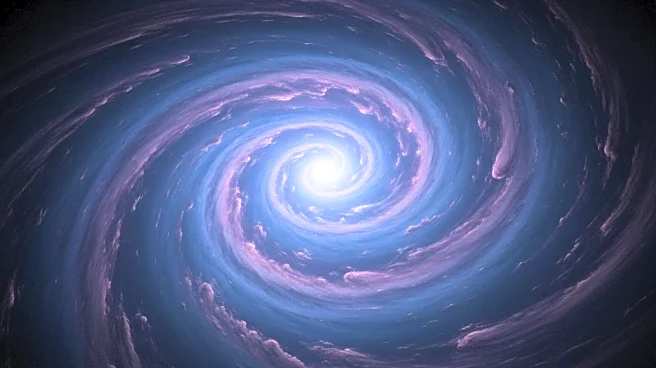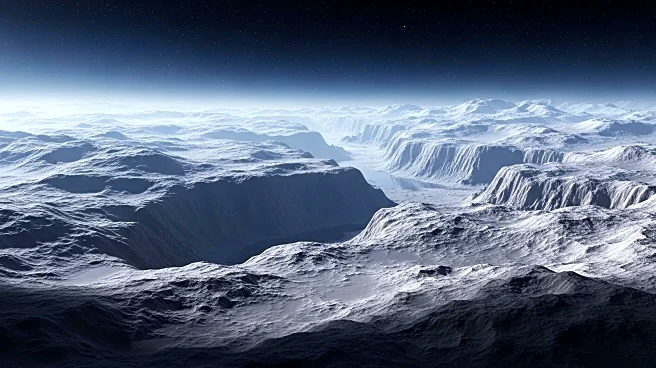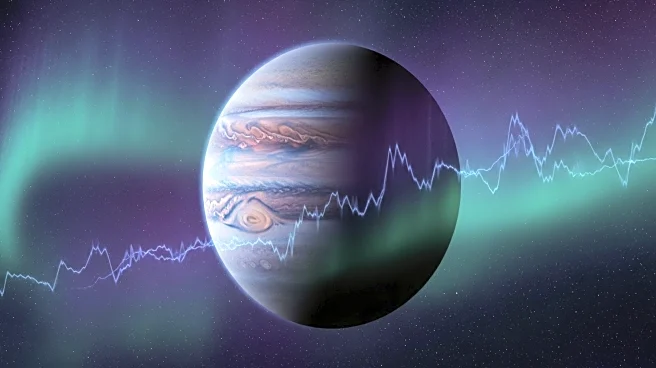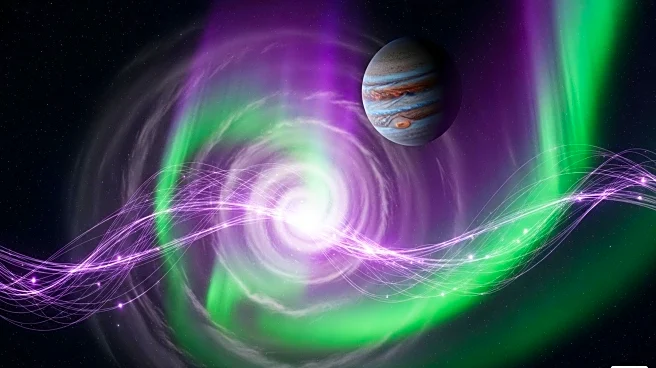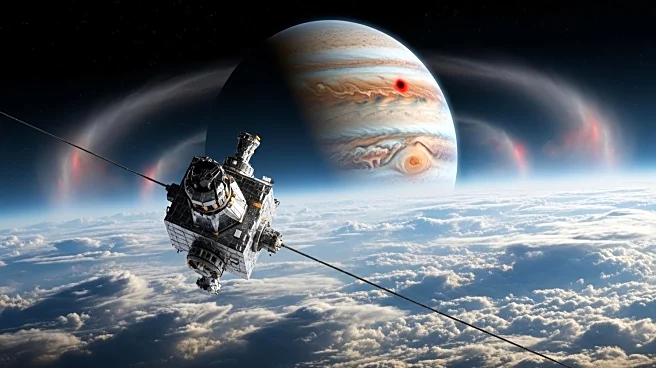Rapid Read • 7 min read
Researchers from Nagoya University and the Italian National Institute for Astrophysics have utilized meteorite 'raindrops' to determine the age of Jupiter. These raindrops, known as chondrules, are tiny spherical droplets found in meteorites. The study revealed that these chondrules were formed from high-speed collisions of planetesimals, small rocky and icy bodies, in the early solar system. Jupiter's gravity played a crucial role in these collisions, leading to the formation of chondrules. The research suggests that Jupiter's formation occurred approximately 4.6 billion years ago, coinciding with the peak production of chondrules.
AD
This discovery provides significant insights into the early solar system's dynamics and the formation of gas giants like Jupiter. Understanding Jupiter's age and formation process helps scientists piece together the history of our solar system, offering clues about the conditions that led to the development of other planets. This research not only advances our knowledge of planetary science but also has implications for studying exoplanets and their formation in other star systems. The findings could influence future space exploration missions and the search for life beyond Earth.
Further research is needed to explore the formation of other chondrules with different ages, potentially linked to the formation of other planets like Saturn. Scientists may conduct additional studies using advanced computer models and simulations to refine their understanding of planetary formation processes. This ongoing research could lead to new discoveries about the solar system's history and the evolution of planetary bodies.
AD
More Stories You Might Enjoy
